Choosing Low-Temperature Sterilization over Steam Sterilization
Surgical procedures are mostly prone to a high risk of infection, hence; all the crucial pieces of equipment need to be sterilized. To meet the demands of all types of minor and major surgeries, the equipment and devices require rapid reprocessing to meet the demanding surgical needs. The most common sterilization technique is using high steam sterilization in the form of steam autoclaves and dry heat. With the rapid development, hospitals are now using a wide range of intricate and expensive instruments that need rapid turnaround times and cannot be sterilized with high wet heat or dry heat. Instruments and devices made from non-metal materials like plastic, rubber, etc. cannot withstand the high temperature and tend to get deform and damaged. Considering these challenges, hospitals now require low-temperature sterilization methods that have rapid turnaround times for reprocessing OT devices and instruments besides improving patient’s safety and longevity of devices.
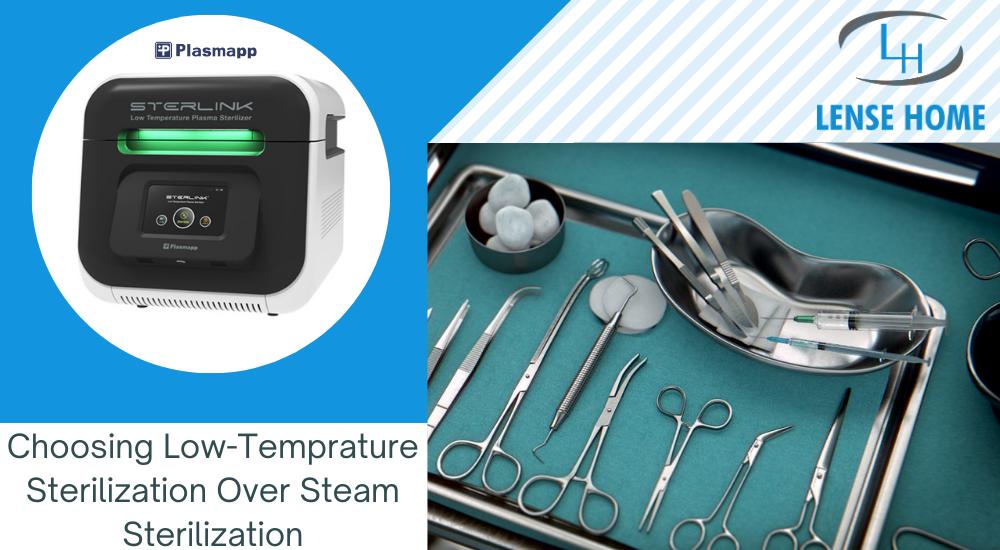
The two most popular methods of low-temperature sterilization are the ones using Ethylene Oxide (EtO) and Hydrogen Peroxide Gas Plasma. EtO sterilization has been used as a low-temperature sterilization method for sterilizing delicate instruments with Ethylene Oxide (EO) Gas. The method can be performed safely but the use of EtO sterilizers has significant limitations.
- Ethylene Oxide (EtO) is extremely toxic and exposure to the gas is known to be hazardous for the health. It can cause problems like nausea, central nervous depression, and toxic anterior segment syndrome (TASS)
- Being flammable, EtO poses explosion and fire explosion risks.
- The toxic emissions from the EtO sterilizers are also known to be polluting the environment.
- It involves a long cycle time for the aeration of toxic substances that makes it unsuitable for ophthalmic surgery that demands rapid turnaround time
Due to all these limitations, many healthcare institutions were looking for another method and plasma gas sterilization has emerged as a promising alternative. Compared to EtO sterilization, Hydrogen Peroxide Gas Plasma Sterilization does not emit toxic residue and is known to have a faster turnaround time with fewer environmental and health risks, and is highly compatible with medical device materials.
One of the most recent low-temperature Plasma sterilizers is STERLINK FPS-15s Plus that uses low-temperature plasma and hydrogen peroxide for quickly sterilizing ophthalmic devices and instruments leaving no toxic residue. Sterilizing with low-temperature hydrogen peroxide plasma helps in enhancing the safety and longevity of the instruments which ETO sterilization fails to deliver.
Compared to low-temperature ETO sterilization, STERLINK FPS-15s Plus plasma sterilizer is a reliable, safe, and environment-friendly method that converts the residue into the water and nascent oxygen with help of an O3 purifying filter and HEPA filter. It diffuses hydrogen peroxide vapor into the pouch or chamber at low-temperature that quickly deactivates all microorganisms and germs present on a variety of metal and non-metal surgical instruments and medical devices in 7 minutes without damaging the sensitive instruments and leaving no toxic residue. With no-aeration time, there is a reduced risk of work stoppage and increased productivity and efficient supply of sterilized medical instruments whenever demanded.
The device pre-validates the Sterility Assurance Level (SAL) of 10-6, as defined by U.S. Food and Drug Administration (FDA) and international standards. STERLINK FPS-15s Plus is simple to install and can be easily used since it only requires an electric power supply and an internet connection to get operated. The system provides incredible sterile reliability with its Instrument Tracking System and HEPA Filter features.
Low-Temperature Hydrogen Peroxide Plasma Sterilizers have made its mark on healthcare facilities as it offers in-house control of sterilization process, rapid turnaround time, lower inventory requirements and budget-friendly as the electricity consumption are very less plus the cost of the consumables is very economical.

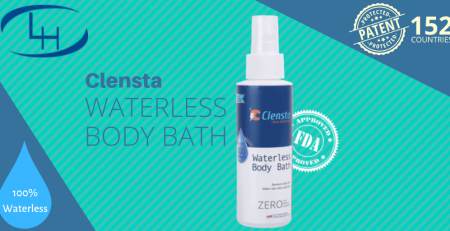
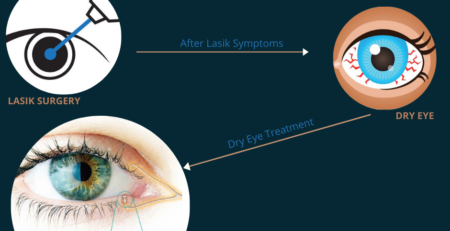

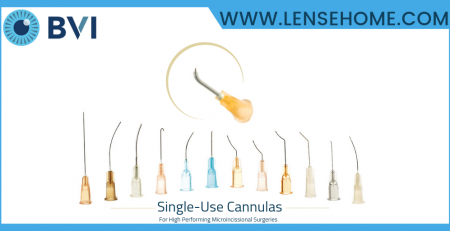
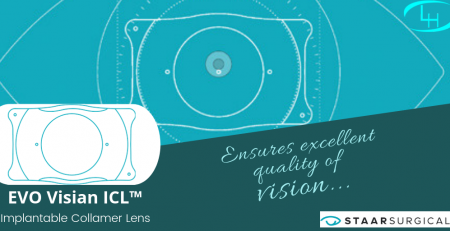



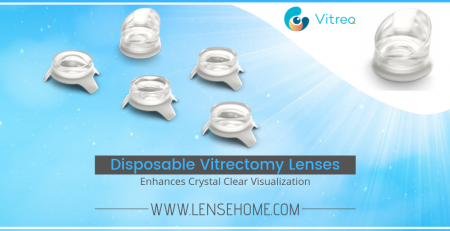


Leave a Reply